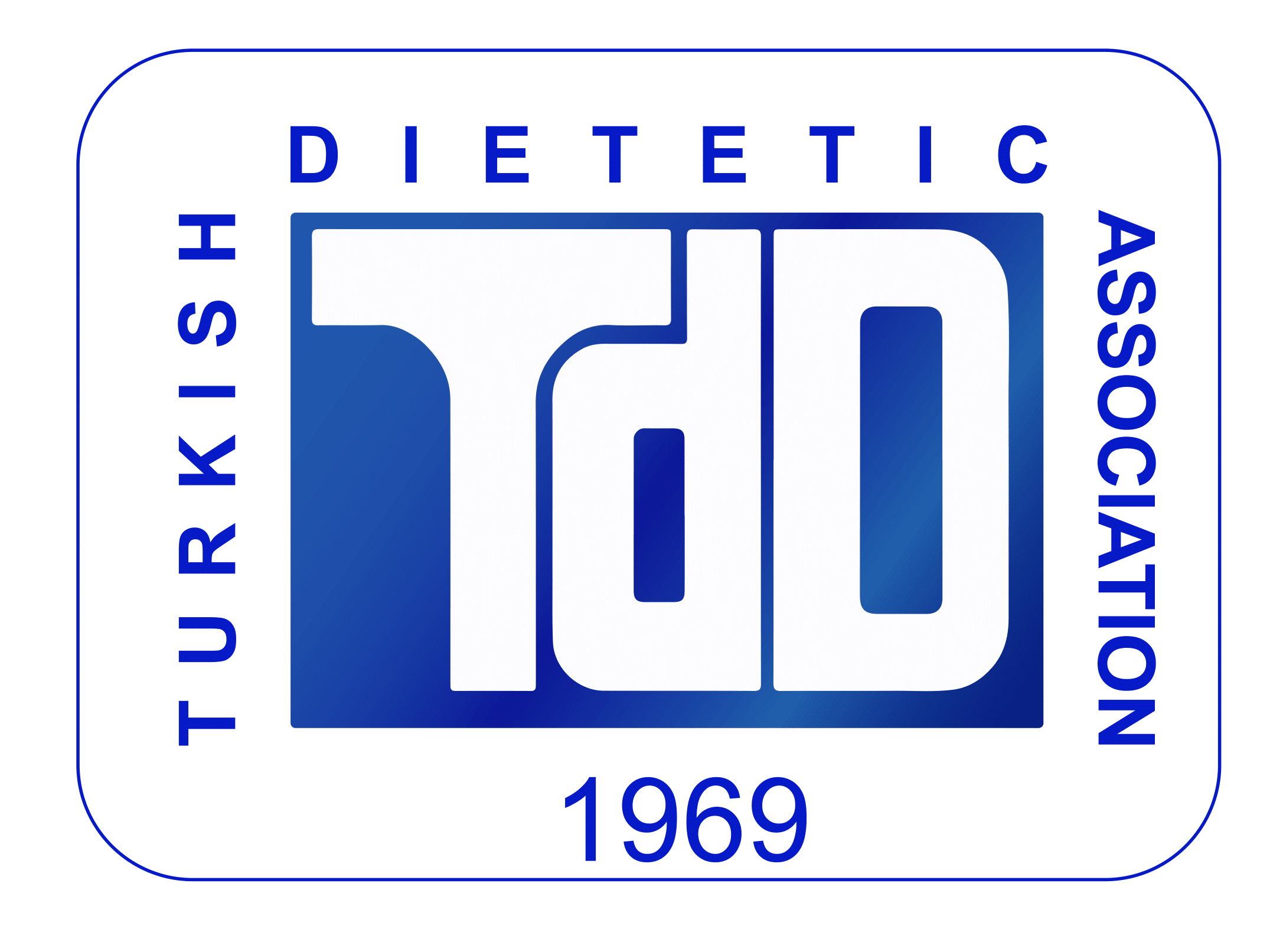Nutritional Status in Leukemia: Is There a Difference Between Treatment Period and Post-Treatment Period?
Keywords:
Leukemia, nutritional assessment, malnutrition, obesityAbstract
Aim: To compare the nutritional status of children receiving treatment for acute lymphoblastic leukemia (ALL) with survivors of ALL. Subjects and Methods: This study included children between 4-13 years of age who are receiving treatment with ALL diagnosis and who completed the treatment and applied to the clinic for control in the Gülhane Training and Research Hospital Pediatric Hematology Department. A questionnaire for general information was applied to the parents of the children to obtain information about their children, three-day 24-hour dietary records and anthropometric measurements [body weight, height, triceps skinfold thickness (TST), and mid-upper arm circumference (MUAC)] of the children were taken. Body mass index (BMI) was calculated from the measurements and the children were evaluated with WHO 2006 and 2007 BMI for age standards/references. NCHS standards have been used in the evaluation of children’s MUAC and TST measurements. Hemoglobin, albumin, and total protein levels of children were obtained from patient records. Results: According to BMI Z-score distribution, 88.9% (n= 8) of children in group A were normal and 11.1% (n= 1) were underweight. In group B, 47.1% (n= 8) of the children were normal, 35.3% (n= 6) were overweight and 17.6% (n= 3) were obese. There was a significant difference between the groups in the Z-score distribution (p= 0.04). When food consumption records of children were evaluated, it is found that 55.6% of children in group A had insufficient energy intake, while all children in group B had adequate energy intake. Protein intake of children in both group were adequate. Albumin, total protein and haemoglobin levels were lower in group A than group B but this difference was statistically significant for only albumin and haemoglobin levels. Conclusion: Determination and regulation of nutritional status of children with leukemia is important in terms of increasing quality of life, as well as the follow-up of growth and development. Regular monitoring of nutritional status of children with leukemia help to prevent both early malnutrition due to treatment side effects and early onset of obesity due to high energy intake, at the end of leukemia treatment.

